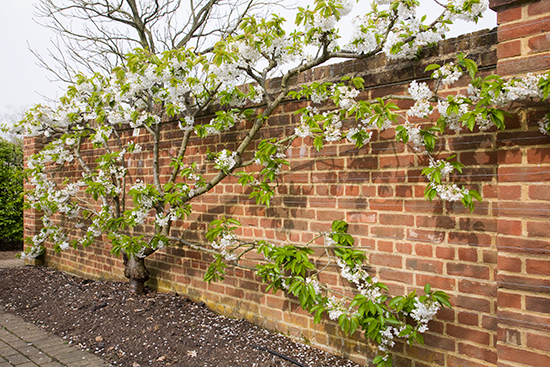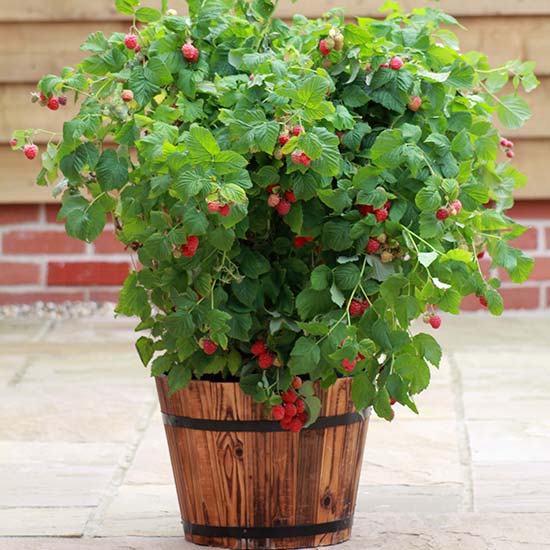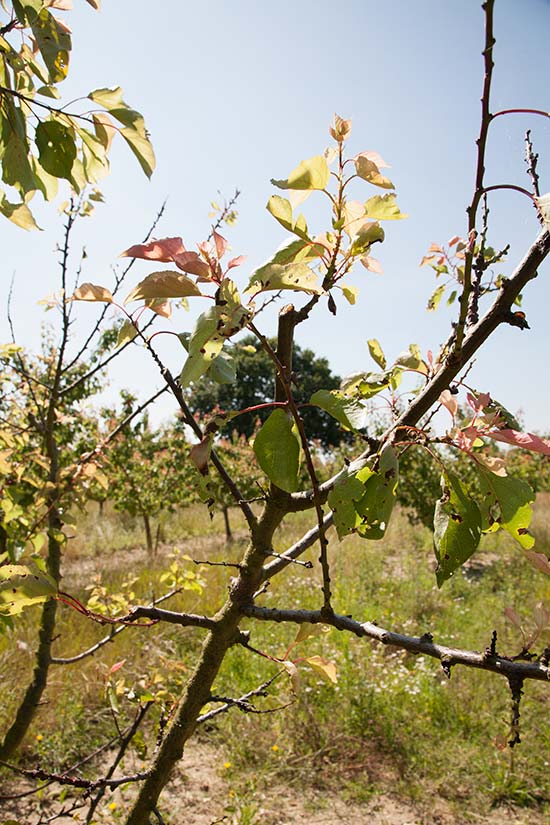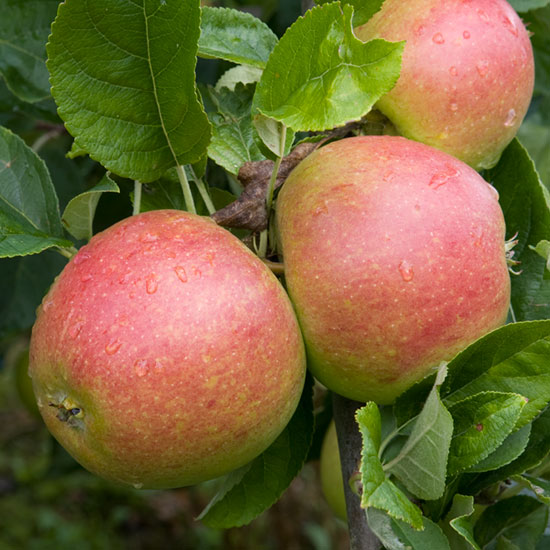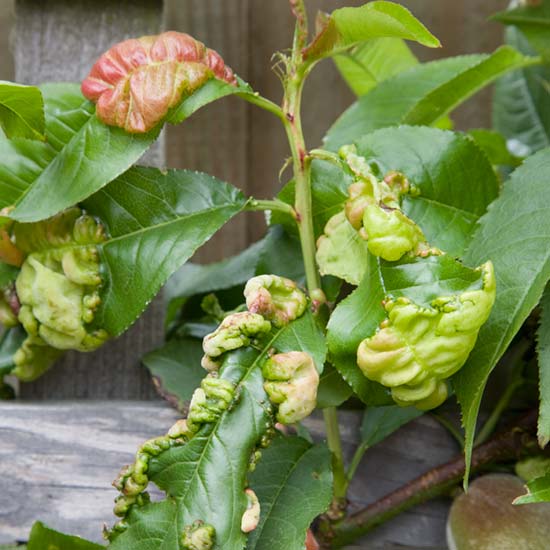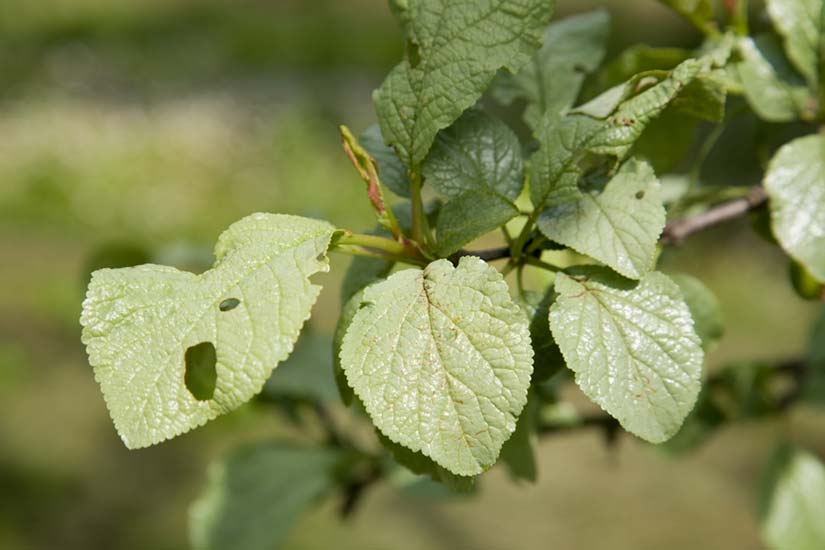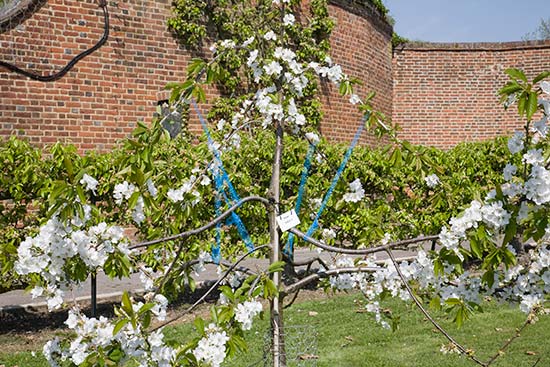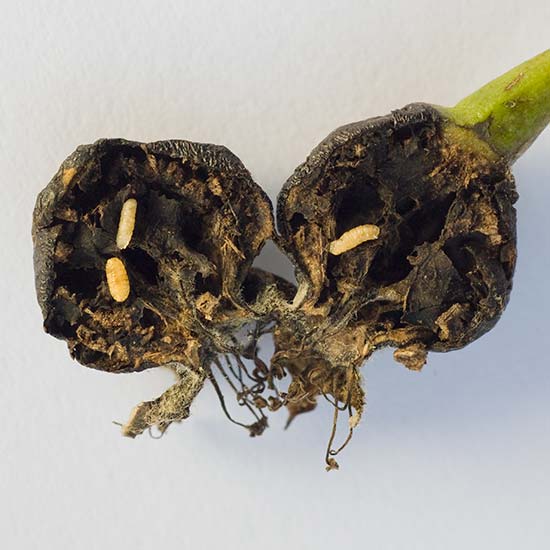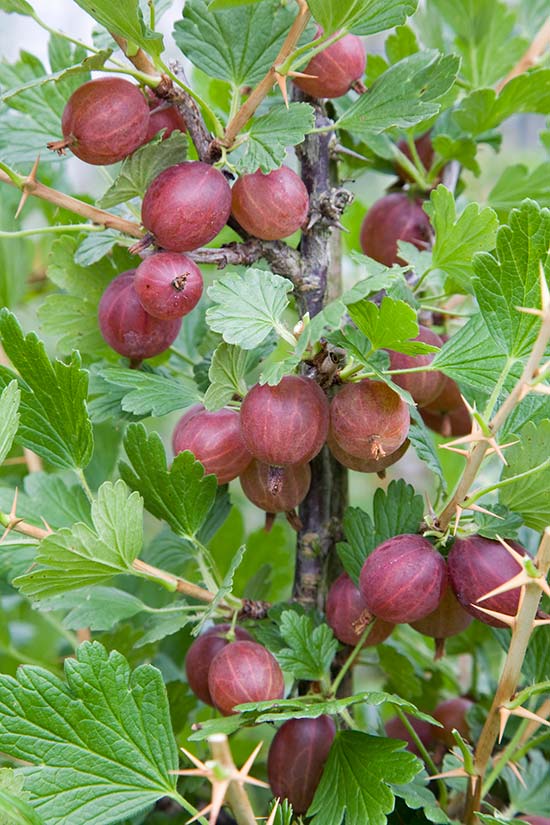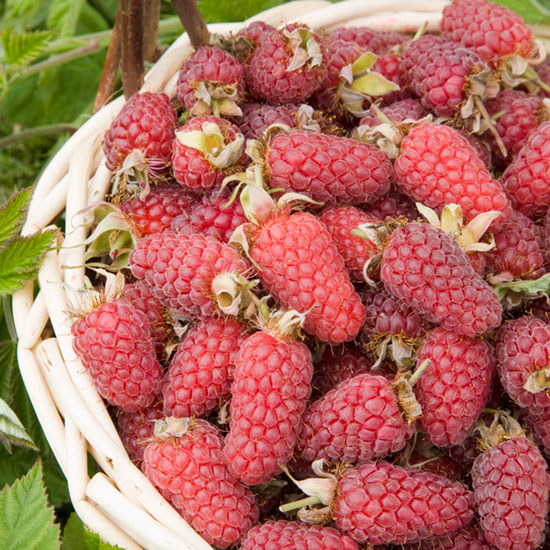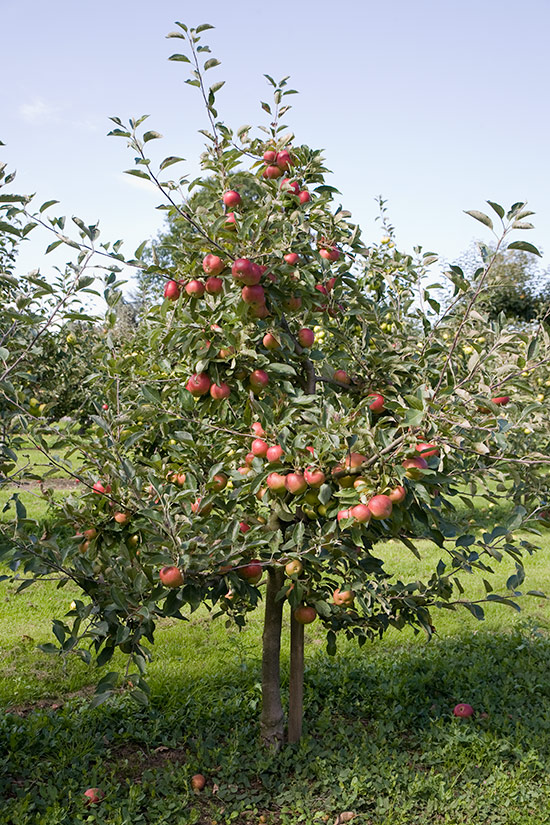Growing Cherries in the Garden
Not so long ago the thought of growing cherries in the garden or allotment other than as one big tree was simply a fantasy. Likewise, commercial cherry growers were finding life very difficult with their orchards of big trees and many of them gave up. Large swathes of the UK simply stopped growing this wonderful fruit. The major problem was the height of the trees which made picking very difficult and expensive as agricultural wages increased, plus the desire of large populations of birds to consume the crops before they could be picked. Continue reading

